The Baroque era refers to a period of European art and music that spans roughly from the 1600s to the 1750s. It followed the Renaissance period and is known for its grandeur, drama, and emotional intensity. Baroque music uses catchy tunes, rich sounds, and surprising changes to keep the audience on their toes. It is a conversation between different instruments - some playing loud and fast while others answering softly.
This style helped create the modern orchestra, with strings, brass, and woodwinds all playing together. Compared to other styles, Baroque music is more energetic and emphasizes virtuosity, with fast passages and intricate solo lines.
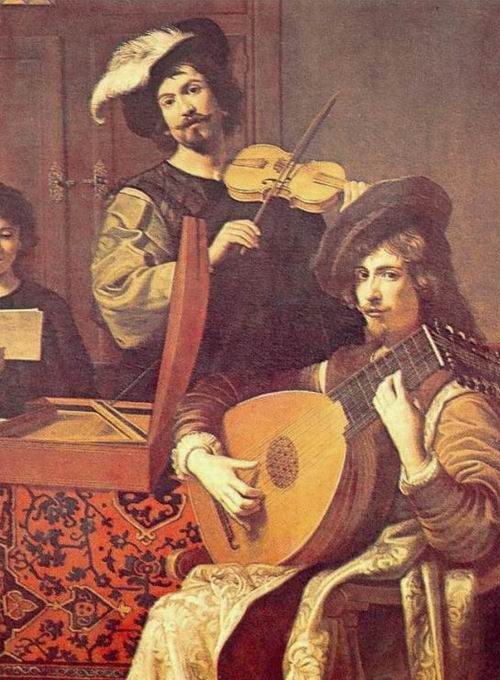
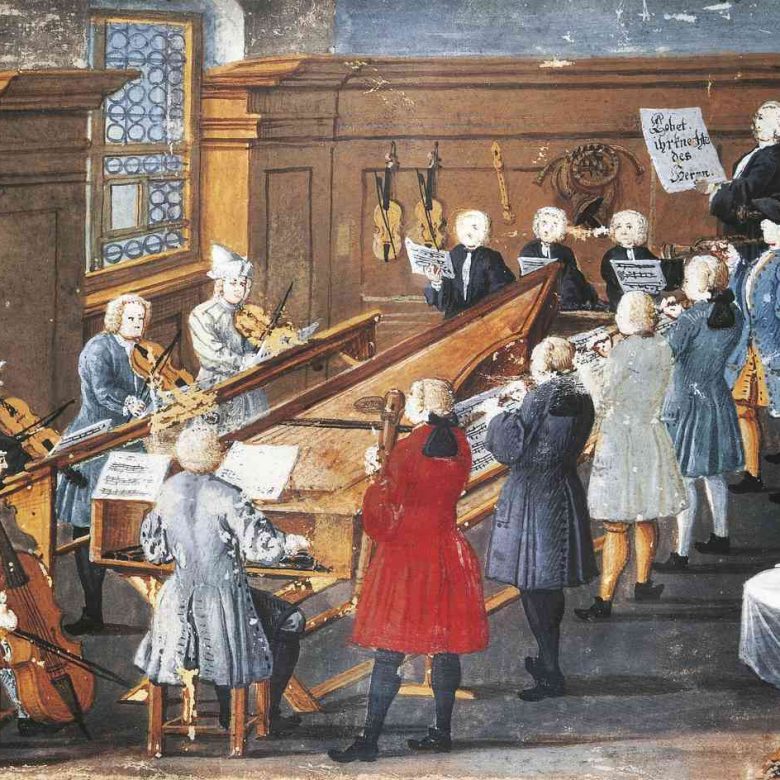
Baroque composers used contrasting dynamics, sudden shifts in tempo and mood, and innovative harmonies to create a sense of drama and even intimacy. It is achieved through a variety of techniques, such as sharp contrasts between loud and soft passages, the use of specific instruments for emotional impact (e.g., oboes for sorrow, trumpets for triumph), and innovative string techniques like pizzicato (plucking the strings) for a percussive effect.
The Baroque era produced some of the most revered composers in history, including Johann Sebastian Bach, Antonio Vivaldi, George Frideric Handel, Arcangelo Corelli, and Georg Philipp Telemann. They wrote for different instrumental and/or vocal musical forms (mass, cantata, opera, symphony etc.) and for different types of ensembles (quartet, orchestra, choir etc.).
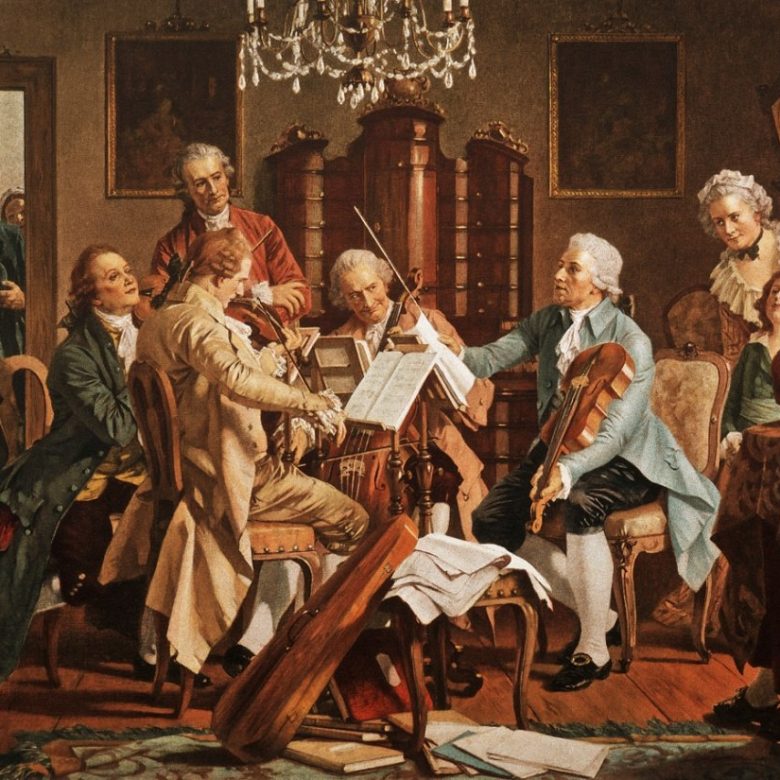
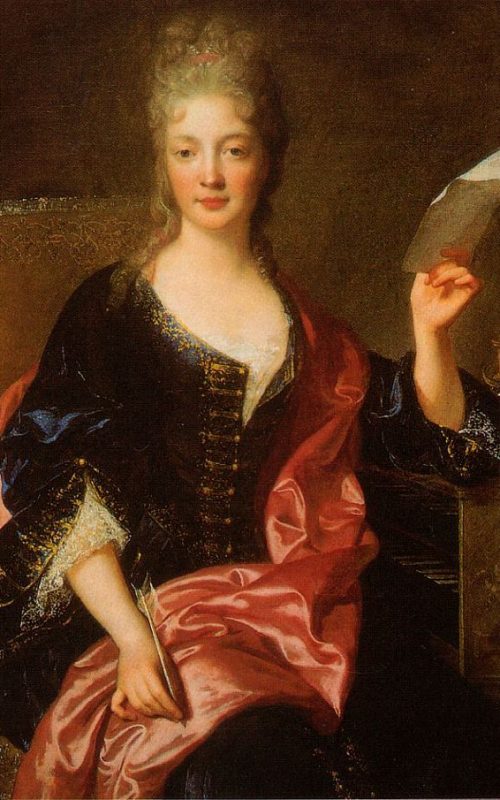
Elizabeth Claude Jacquet de la Guerre is one of the earliest known female composers to have lived and worked in the Baroque era. She was born into a family of organists, and even married one! She was a prodigy herself, first performing before King Louis XIV at the age of five. She was the first woman in France to write an opera and was renowned for her improvisations and works for keyboard, chamber, and vocal music.
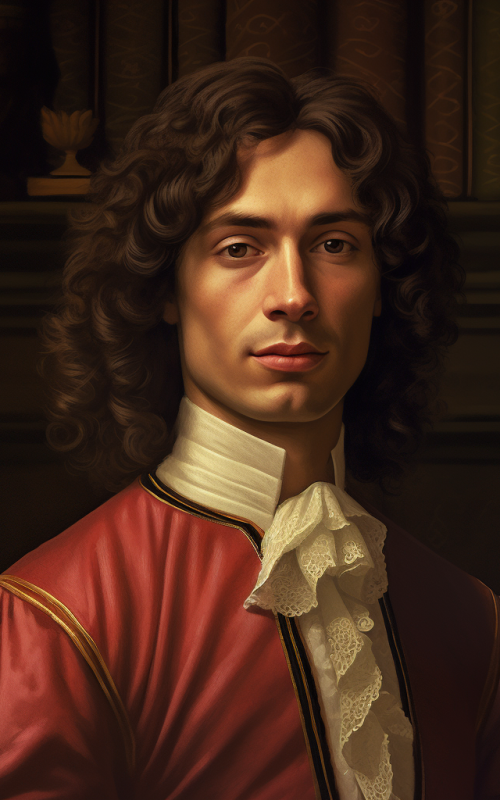
Corelli revolutionized violin playing techniques and even had a signature style of scraping the strings with his fingernails for a special effect. His emphasis on form greatly influenced future generations of Baroque composers.
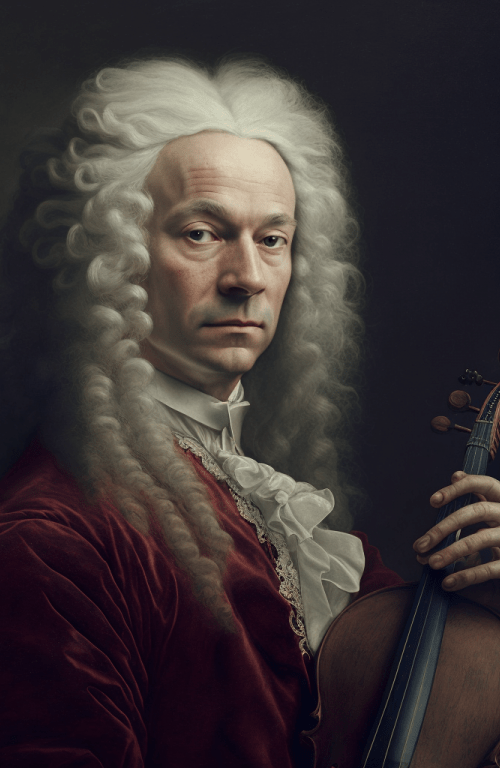
The "Red Priest" of Venice, known for his vibrant and virtuosic concertos, especially the beloved Four Seasons. Vivaldi's innovative use of orchestral effects, Baroque period instruments, and catchy melodies made him a superstar of the Baroque era.
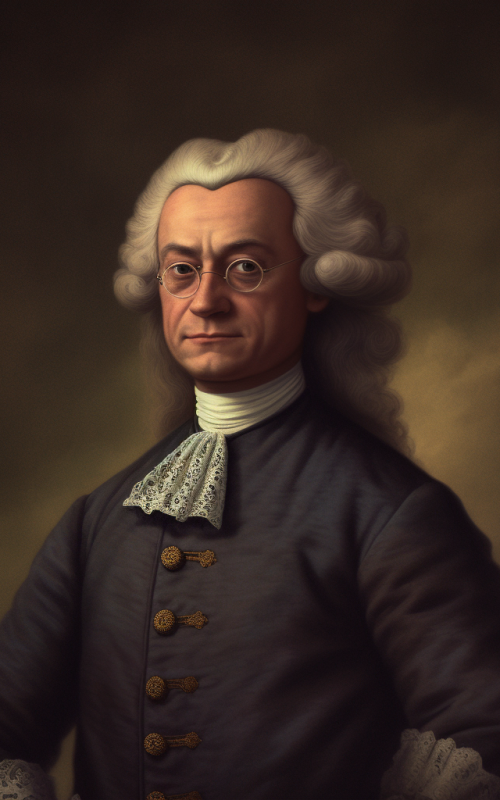
Telemann wasn't just a composer, he was also an entrepreneur! He ran his own music publishing business, ensuring his wide selection of compositions was easily available.
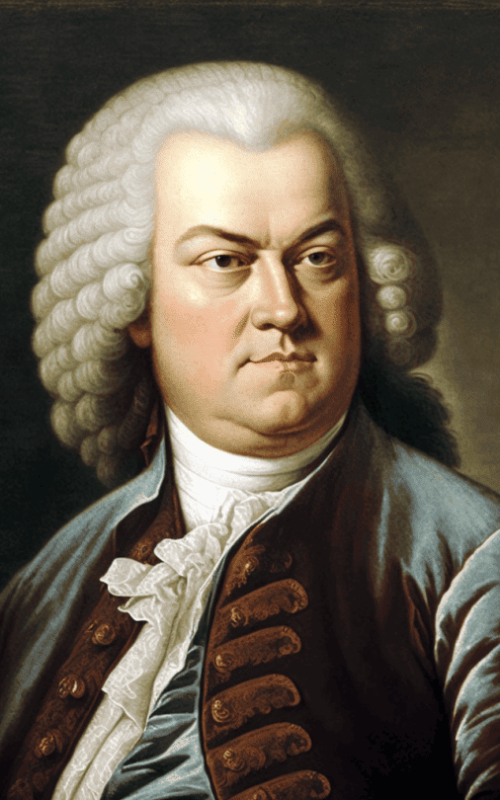
A prolific German Baroque era composer lauded for his complex and intellectual compositions. He could reportedly write a complete cantata (a choral piece) in just a week. He is best known for his cantatas, suites for solo cello, Goldberg Variations and the Art of the Fugue.
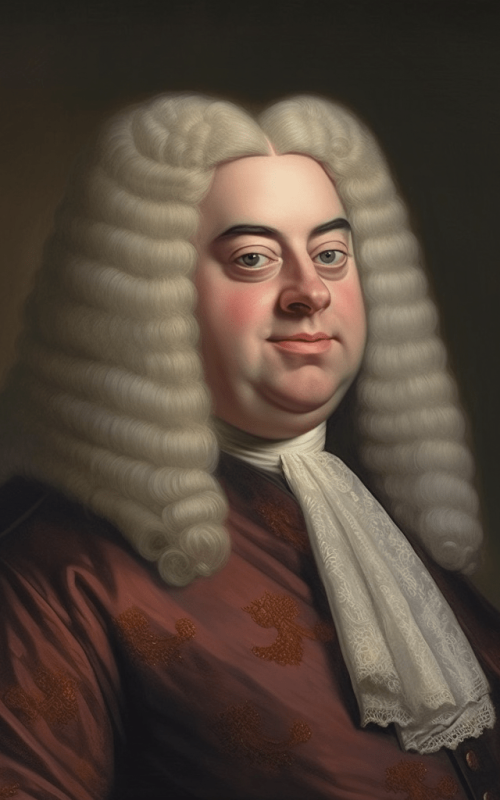
The German-born Baroque music composer who dominated the London music scene. His father wanted him to become a lawyer, but Duke Johann Adolf I convinced him to let Handel take music lessons after seeing him play. In 1704, Handel's composing career almost ended after a quarrel with fellow composer Johann Mattheson. For reasons unknown, the two men had a violent quarrel during which Mattheson’s sword (fortunately) struck a button on Handel's chest rather than the chest itself.
Unlike today's standard A = 442 Hz used in symphony orchestras, there wasn't a single, universal pitch back in the early Baroque music days and it varied by region and musical style.
Arion artists adjust their instruments to the specific period of the music they're performing. This means using a lower pitch than the modern standard. For most Baroque composers, we use A415 Hz, which creates a slightly warmer and mellower sound compared to A442 Hz. When performing Classical repertoire, the pitch shifts to A430 Hz, and for French Baroque works, its even lower A392 Hz.
Arion Baroque Orchestra performs on period instruments or meticulously crafted replicas, ensuring the music is brought to life exactly as the composer intended. These instruments, often constructed from wood and metal for winds and featuring gut strings for strings, differ from their modern counterparts.
This difference isn't just visual – it's sonic, creating unique tonal quality. Due to the sensitivity of gut strings to temperature and humidity, they require more frequent tuning throughout a performance.
Explore upcoming concerts or events by the Arion Baroque Orchestra, sign up for newsletters, or follow the orchestra on social media for updates and announcements.
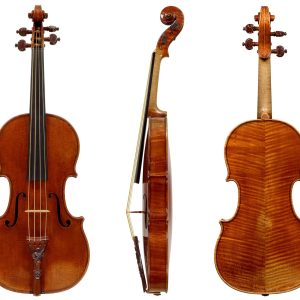
Violins, violas, cellos, and violones (large bass instruments) provide the foundation of the music.
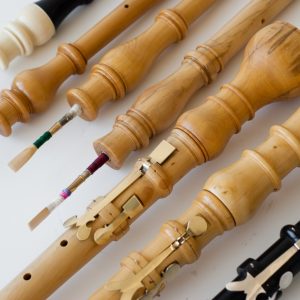
Recorders, cornetts, and crumhorns add variety in color and texture to the music.

Trumpets and sackbuts (early trombones) add a touch of brilliance and majesty to the music.
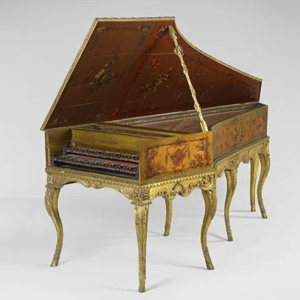
The harpsichord provides continuo (a continuous bass line), while the organ is used for sacred and secular music.

Plucked string instruments are used to accompany solo singers or small ensembles to add a delicate and intimate sound.